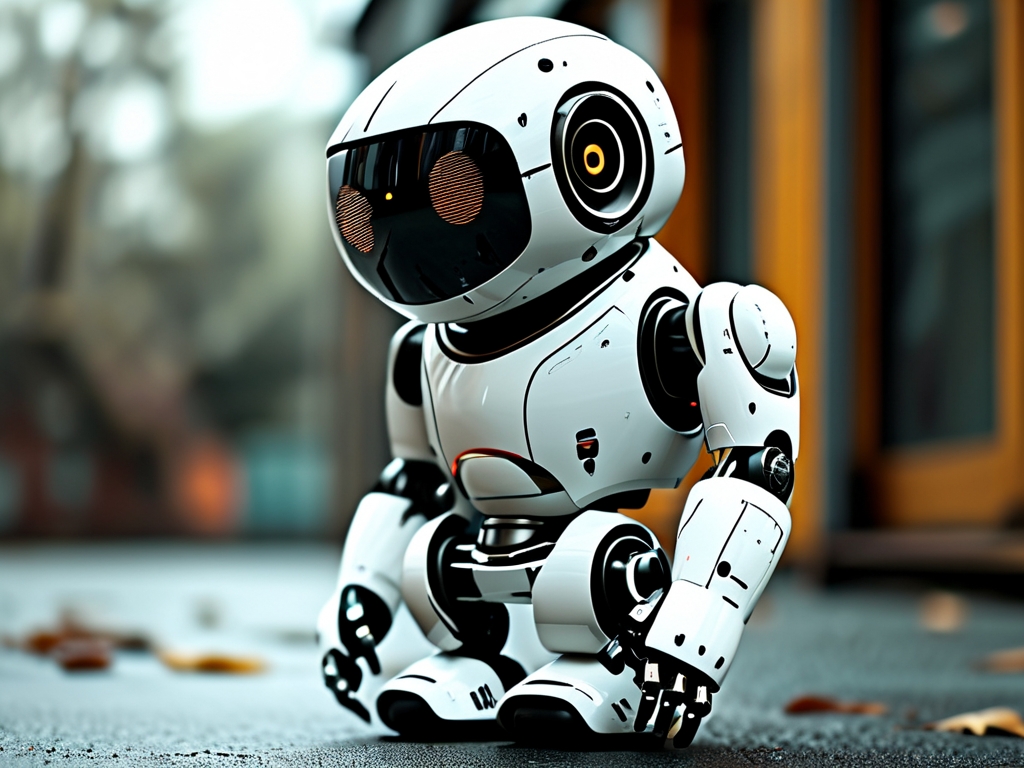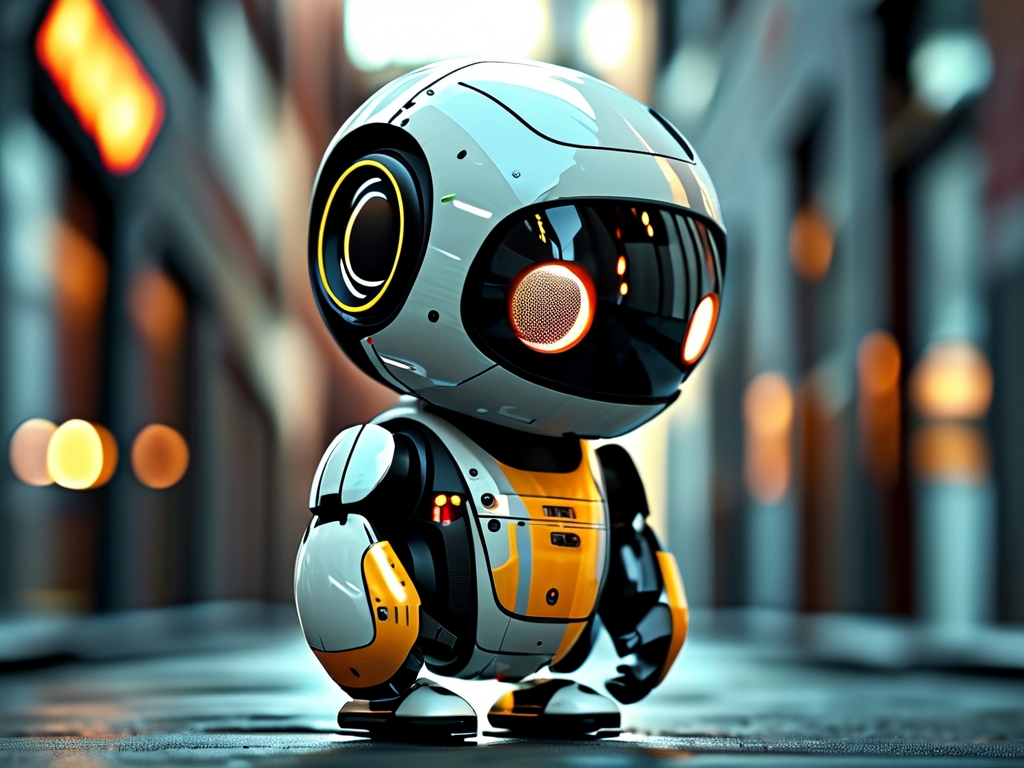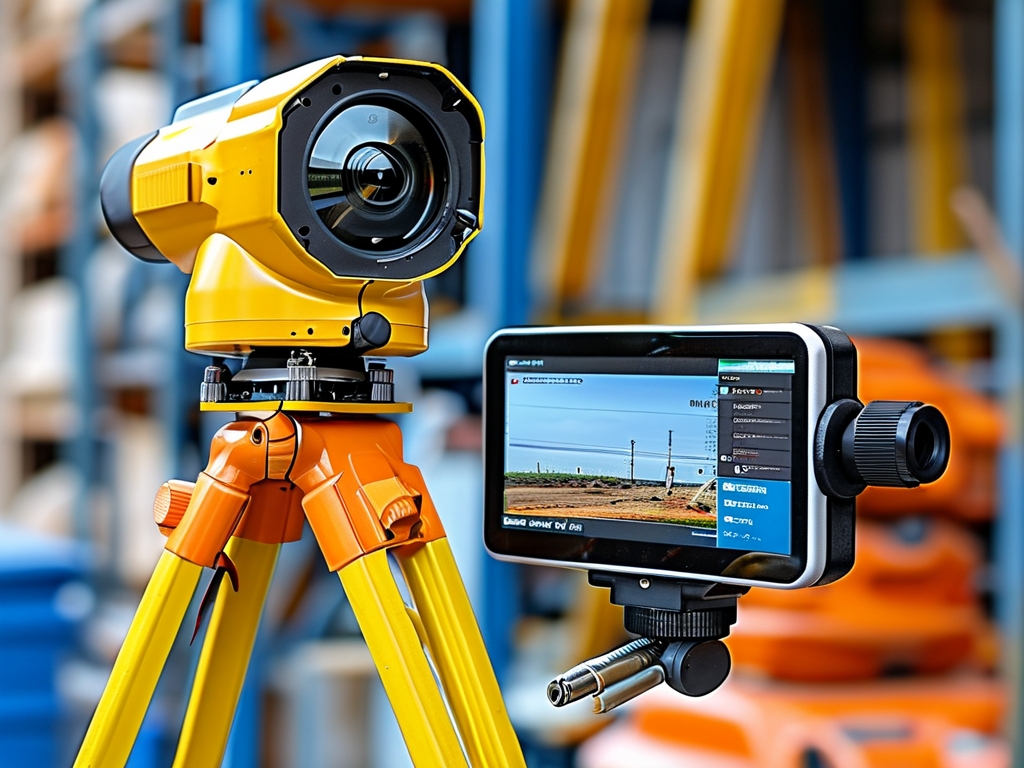The development of robotic power systems has been a cornerstone of modern technological progress, enabling machines to perform tasks ranging from precision manufacturing to deep-space exploration. Over the past few decades, advancements in energy storage, transmission, and efficiency have redefined the capabilities of robots, pushing the boundaries of autonomy and functionality. This article explores the evolution of robotic power technologies, current breakthroughs, and future directions that promise to revolutionize industries and everyday life.
1. The Early Era: Wired Power and Basic Batteries
In the early stages of robotics, power systems were rudimentary and restrictive. Most robots relied on direct wired connections to external power sources, limiting their mobility and application scope. For example, industrial robots in the 1970s were often anchored to factory floors, dependent on bulky cables. The of lead-acid batteries marked a significant leap, offering limited but crucial portability. However, these batteries were heavy, had low energy density, and required frequent recharging, making them impractical for prolonged or complex tasks.
2. The Lithium-Ion Revolution
The advent of lithium-ion (Li-ion) batteries in the 1990s transformed robotic mobility. With higher energy density, lighter weight, and longer cycle life, Li-ion technology became the backbone of modern consumer and industrial robots. Companies like Boston Dynamics leveraged these batteries to create agile humanoid robots like Atlas, capable of dynamic movements such as backflips and terrain navigation. Drones, another robotic application, achieved extended flight times thanks to Li-ion advancements, enabling commercial delivery services and aerial surveillance.

Despite their advantages, Li-ion batteries face challenges: thermal instability, resource scarcity (e.g., cobalt), and environmental concerns. Researchers are addressing these issues through solid-state batteries, which replace liquid electrolytes with safer, more efficient solid materials. Toyota and QuantumScape are pioneering this field, aiming to commercialize solid-state batteries by the late 2020s.
3. Fuel Cells and Beyond
For high-demand applications like search-and-rescue robots or autonomous vehicles, hydrogen fuel cells have emerged as a promising alternative. Fuel cells generate electricity through chemical reactions between hydrogen and oxygen, producing only water as a byproduct. Companies like Hyundai have integrated fuel cells into robotic exoskeletons and warehouse logistics robots, offering longer operational times and rapid refueling. However, hydrogen infrastructure remains underdeveloped, and production costs are high.
Simultaneously, supercapacitors are gaining traction for their ability to deliver rapid bursts of energy. While they cannot store as much energy as batteries, their quick charge-discharge cycles make them ideal for robots requiring sudden movements, such as robotic arms in assembly lines. Hybrid systems combining supercapacitors with traditional batteries are being tested to balance energy density and power output.
4. Energy Harvesting: Power from the Environment
A groundbreaking shift in robotic power involves energy harvesting—extracting energy from ambient sources. Solar-powered robots, like NASA’s Perseverance rover on Mars, use photovoltaic cells to sustain operations in remote environments. Piezoelectric materials, which convert mechanical stress (e.g., vibrations) into electricity, are being integrated into wearable robots to recharge during human motion.
Researchers at the University of Michigan recently developed a "robot snail" that harvests energy from moisture in the air, mimicking biological processes. Such innovations reduce reliance on external charging and enhance sustainability.

5. Biohybrid Systems and Synthetic Biology
The frontier of robotic power lies in biohybrid systems, where biological components merge with artificial structures. For instance, scientists have created microbots powered by living muscle cells, which contract in response to electrical stimuli. These biohybrid robots could one day perform medical tasks inside the human body, such as targeted drug delivery.
Another avenue is synthetic biology, where engineered microorganisms produce energy-rich molecules (e.g., ATP) to power nanobots. While still in experimental stages, this approach could enable self-sustaining robots for environmental monitoring or pollution cleanup.
6. Wireless Power Transmission
Wireless charging technologies, such as inductive coupling and laser-based systems, are eliminating the need for physical connectors. Autonomous mobile robots (AMRs) in warehouses now use inductive pads to recharge during idle periods, maximizing uptime. Meanwhile, projects like PowerLight Technologies are testing laser beams to transmit energy over long distances, potentially powering drones or underwater robots indefinitely.
7. The Road Ahead: Challenges and Opportunities
Despite rapid progress, key challenges persist. Energy storage must improve to support AI-driven robots with higher computational demands. Ethical and safety concerns, such as battery disposal and hydrogen handling, require robust regulatory frameworks. Additionally, interdisciplinary collaboration—between material scientists, biologists, and engineers—will be critical to unlocking next-generation solutions.
Future trends may include quantum battery systems, which exploit quantum effects to achieve unprecedented efficiency, or fusion-powered robots for space colonization. As renewable energy infrastructure expands, robots could become fully sustainable, operating in harmony with ecosystems.
The evolution of robotic power technology reflects humanity’s relentless pursuit of innovation. From clunky wired machines to biohybrid marvels, each breakthrough has expanded the realm of possibility. As researchers tackle existing limitations and explore radical new ideas, robots will increasingly operate longer, smarter, and cleaner—transforming industries, enhancing quality of life, and redefining our relationship with technology.





